The memory of Florida’s warmth and color is fading as I acclimate back into the daily grind. Thank goodness the days are getting longer now!
In today’s post I share with you several of the butterflies (and a moth) that we saw while we explored the southern part of the state. Enjoy! 🙂
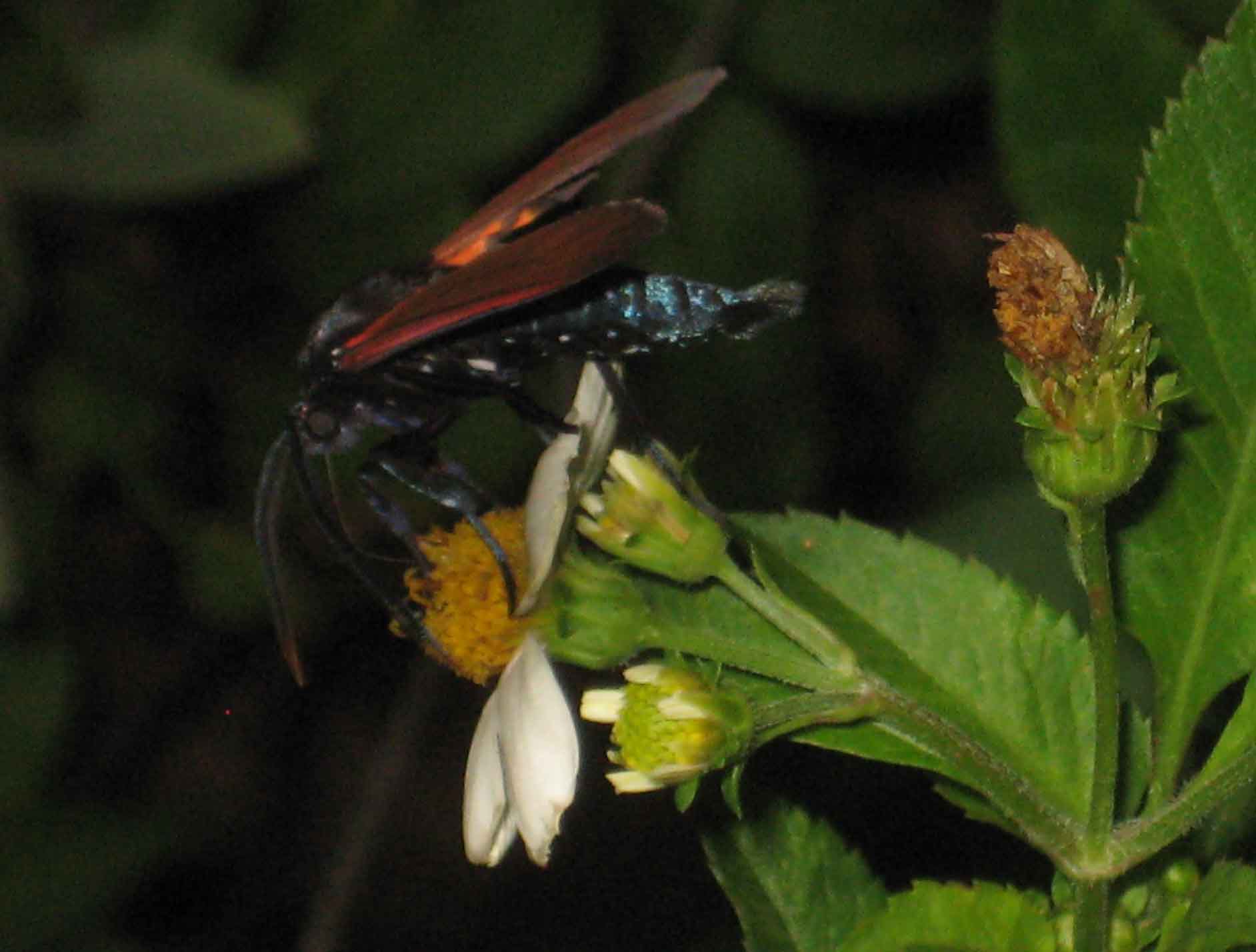
I saw this moth along the Riverwalk in Tampa, pretty close to the Marriott. Here’s another angle – can you see the cool fluke on its tail?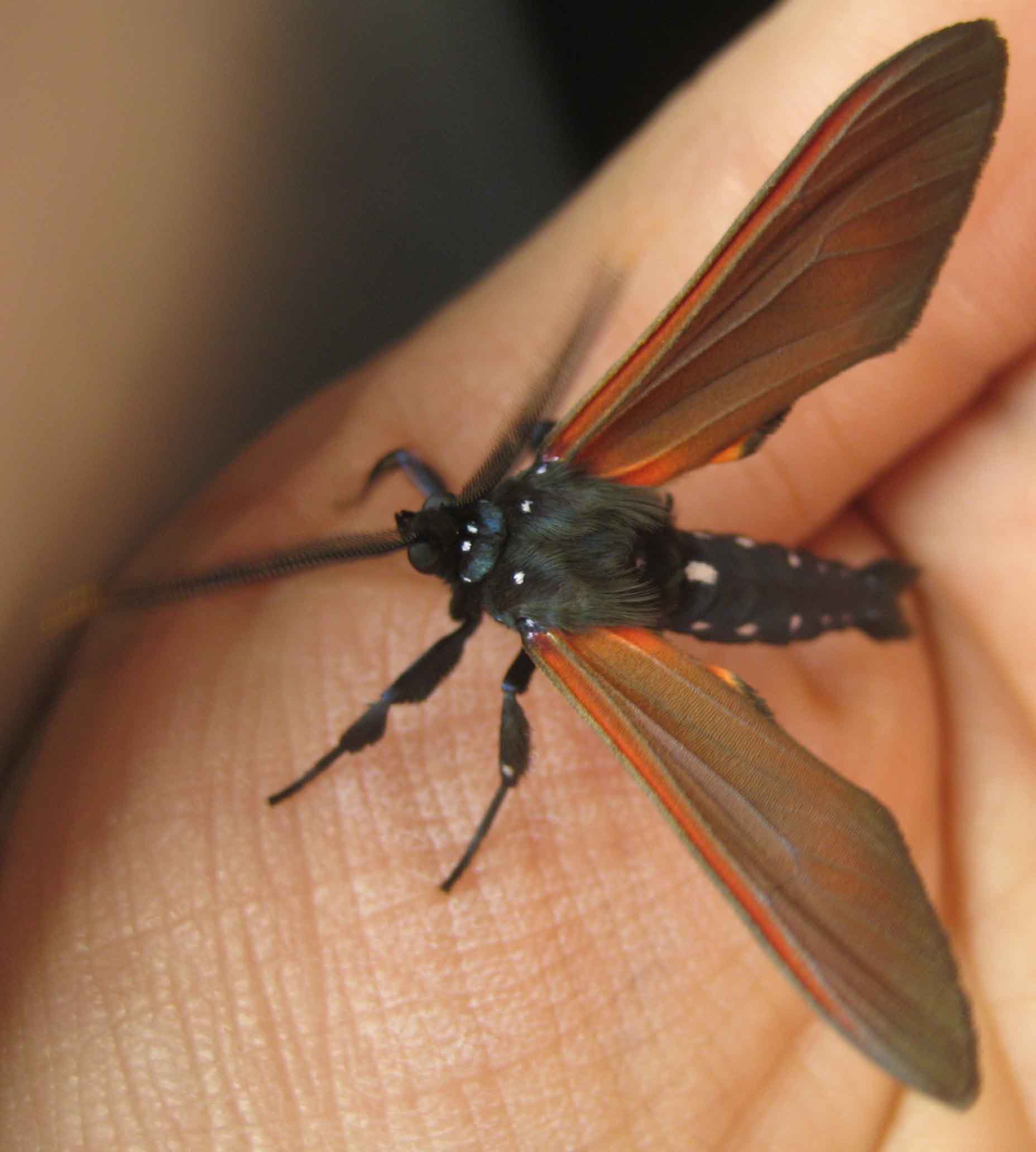
It took some searching to figure out who this was – the species name for this animal is Empyreuma affinis. It isn’t native to Florida but may have arrived there naturally by being blown in. (Similar to how birds are sometimes blown off-course and end up on the “wrong” continent.)
This next one is the amazing monarch butterfly, Danaus plexippus! This was my first and only sighting of a monarch, ever. I find the life history of these creatures inspiring. They have a circular migration that spans several lifetimes, so that the animals that began the migration are not the ones who finish it.
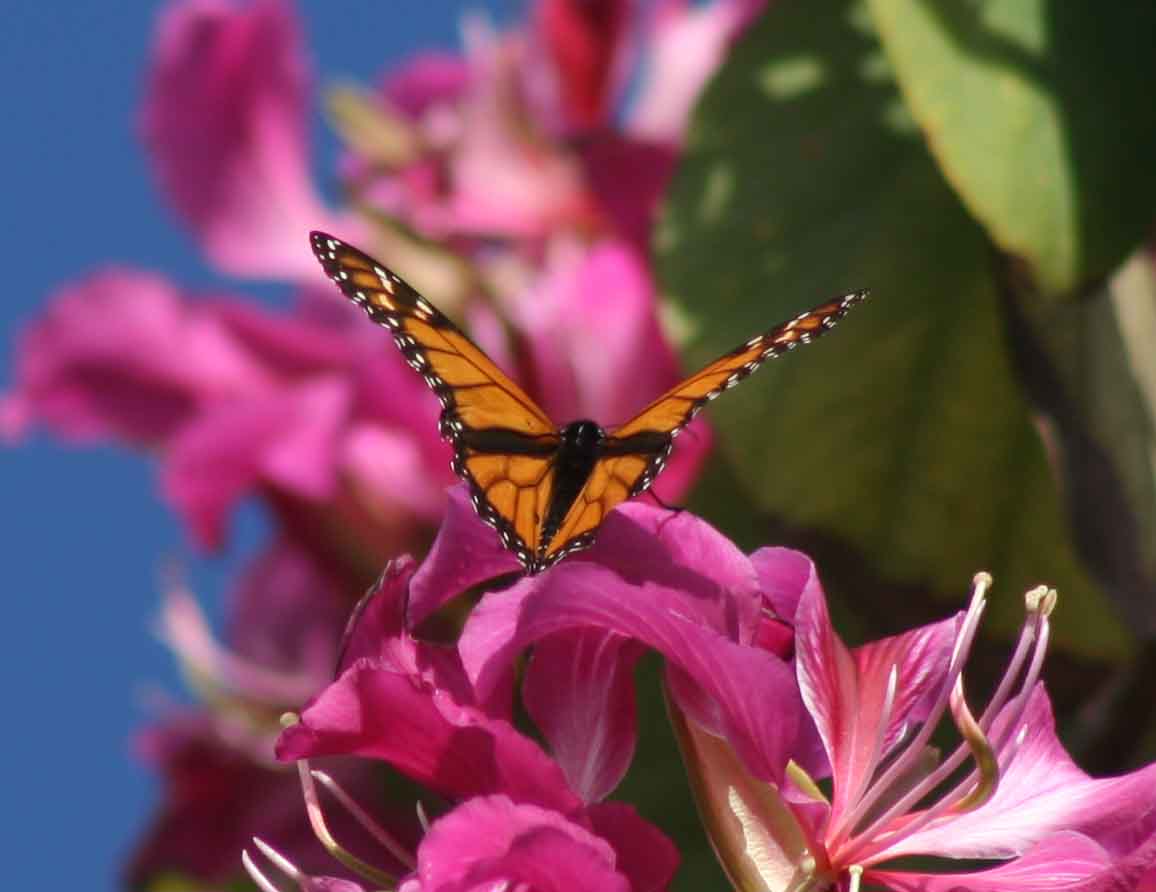
This is a great southern white, Ascia monuste.

This butterfly is a subspecies of Dryas iulia, known as the flame or Julia butterfly.
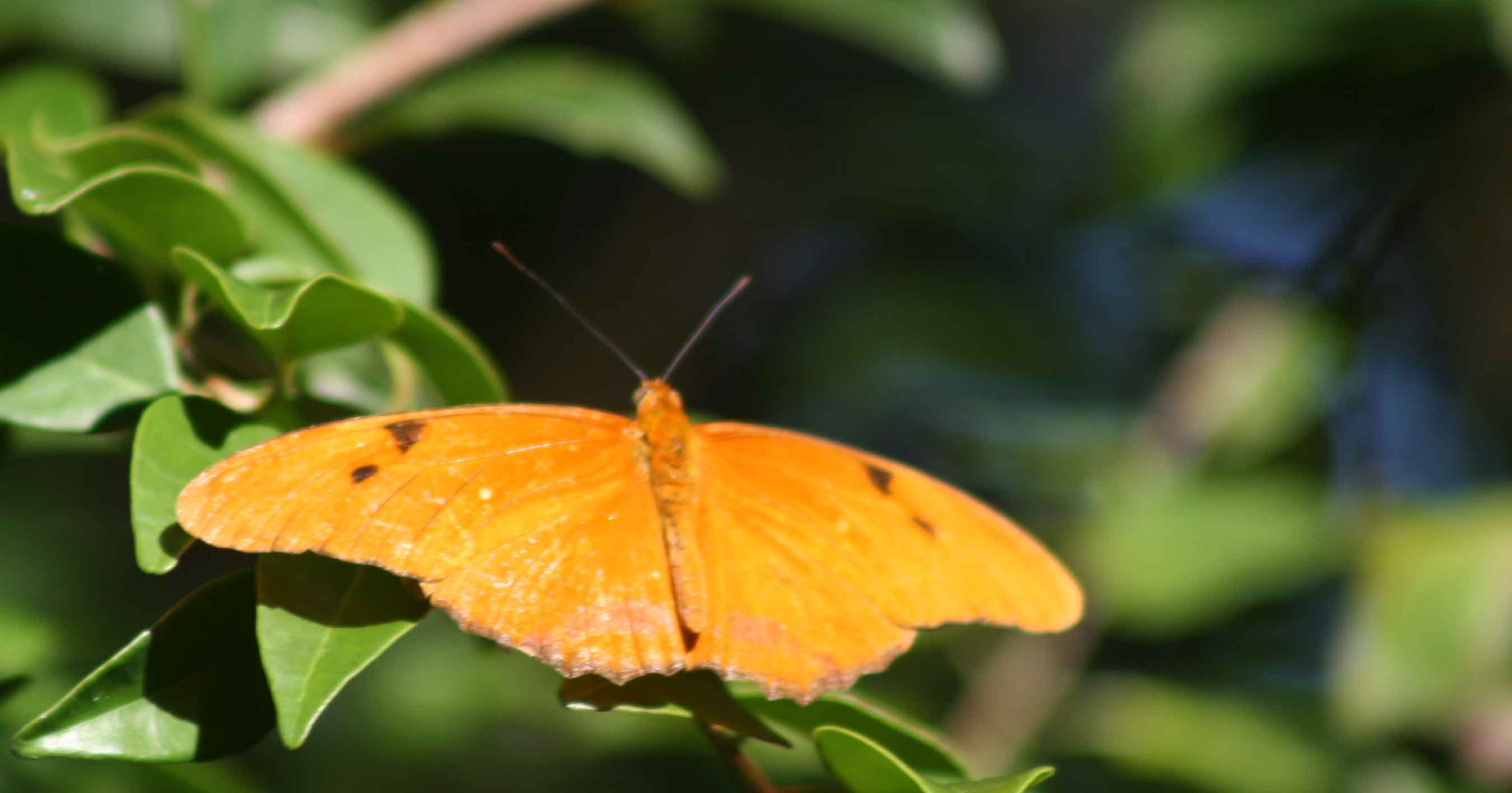
My favorite sighting was of the white peacock, Anartia jatrophae. We saw these critters on Key Largo and in the Everglades.
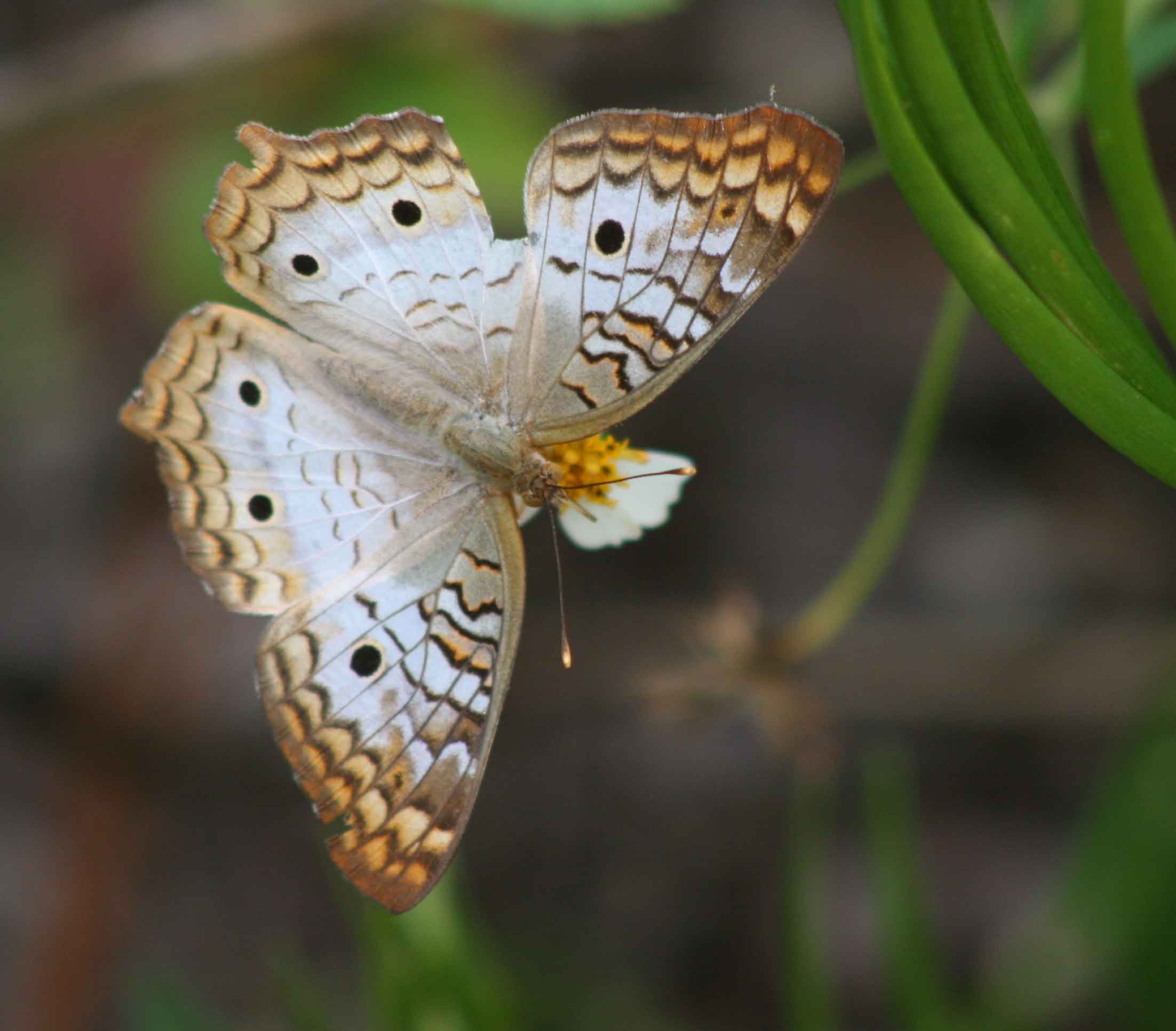
Another orange butterfly was the gulf fritillary, Agraulis vanillae. We only saw this one once, in the “river of grass” area of the Everglades.

Last but not least is the zebra longwing, Heliconius charitonius. Like the white peacock, we saw this one both in Key Largo and the Everglades.
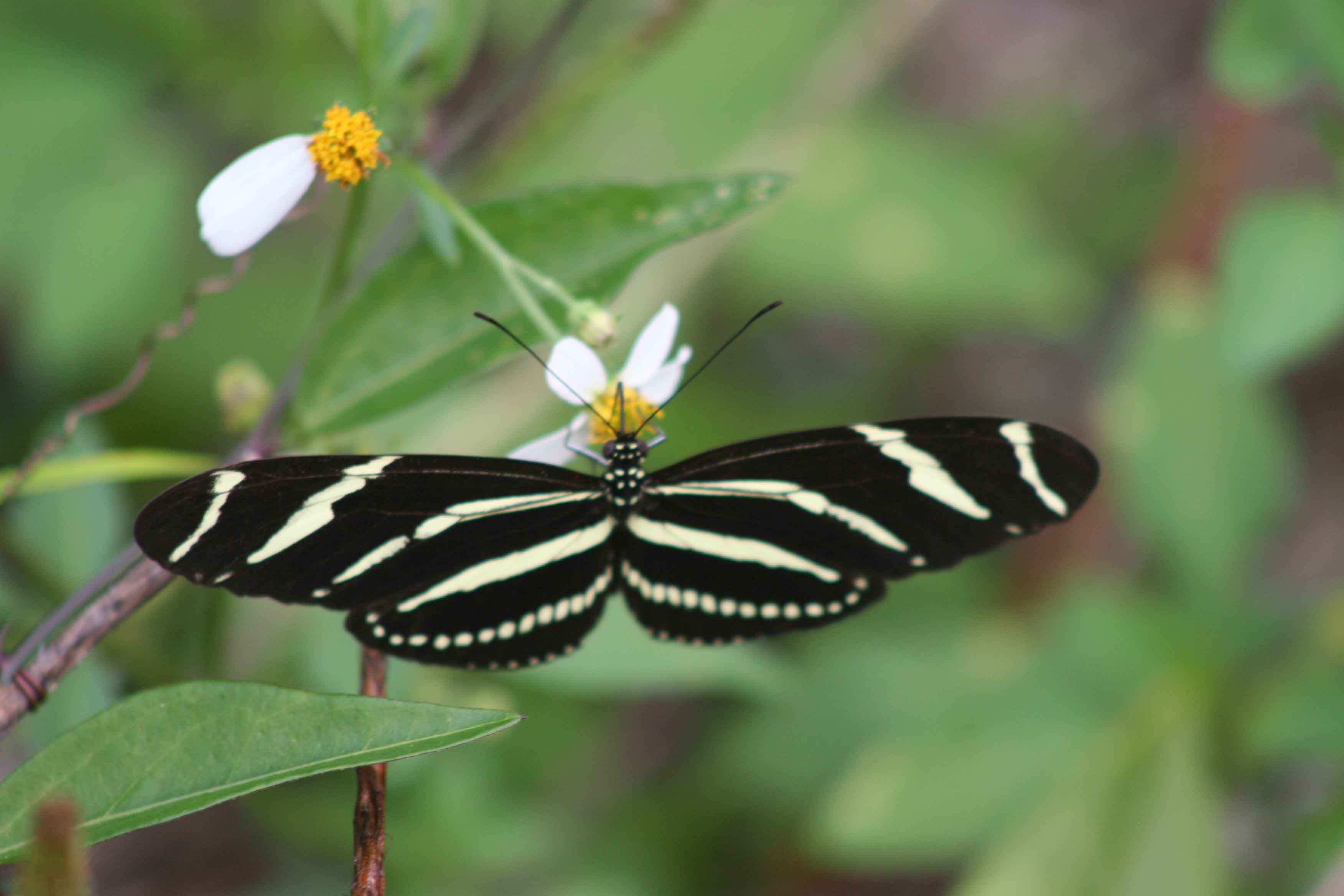
Butterflies benefit from many of the same concessions we make for bees, especially pollinator gardens! If you’d like to see more of these creatures in your own yard or community, be sure to plant native flowering species of plants. Even several pots full of native flowering plants can be helpful to the native pollinators in your area!